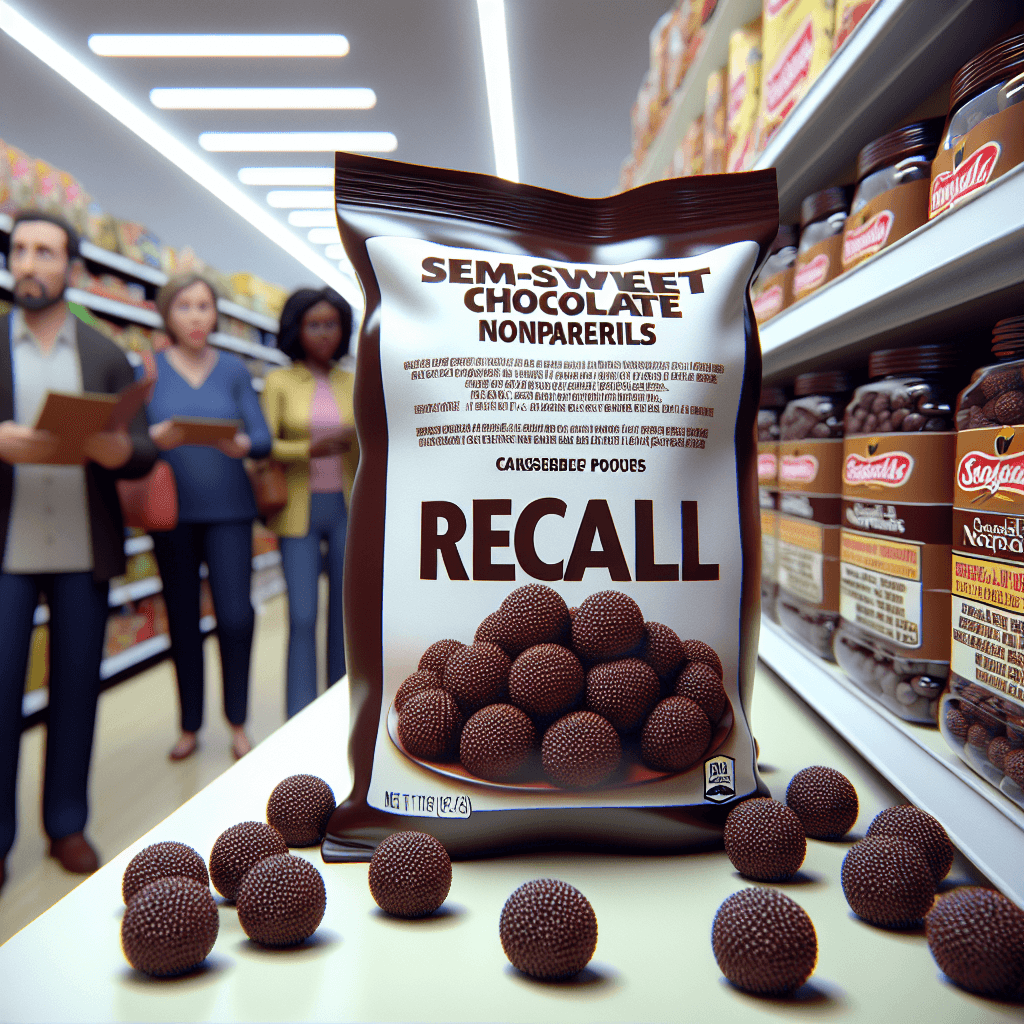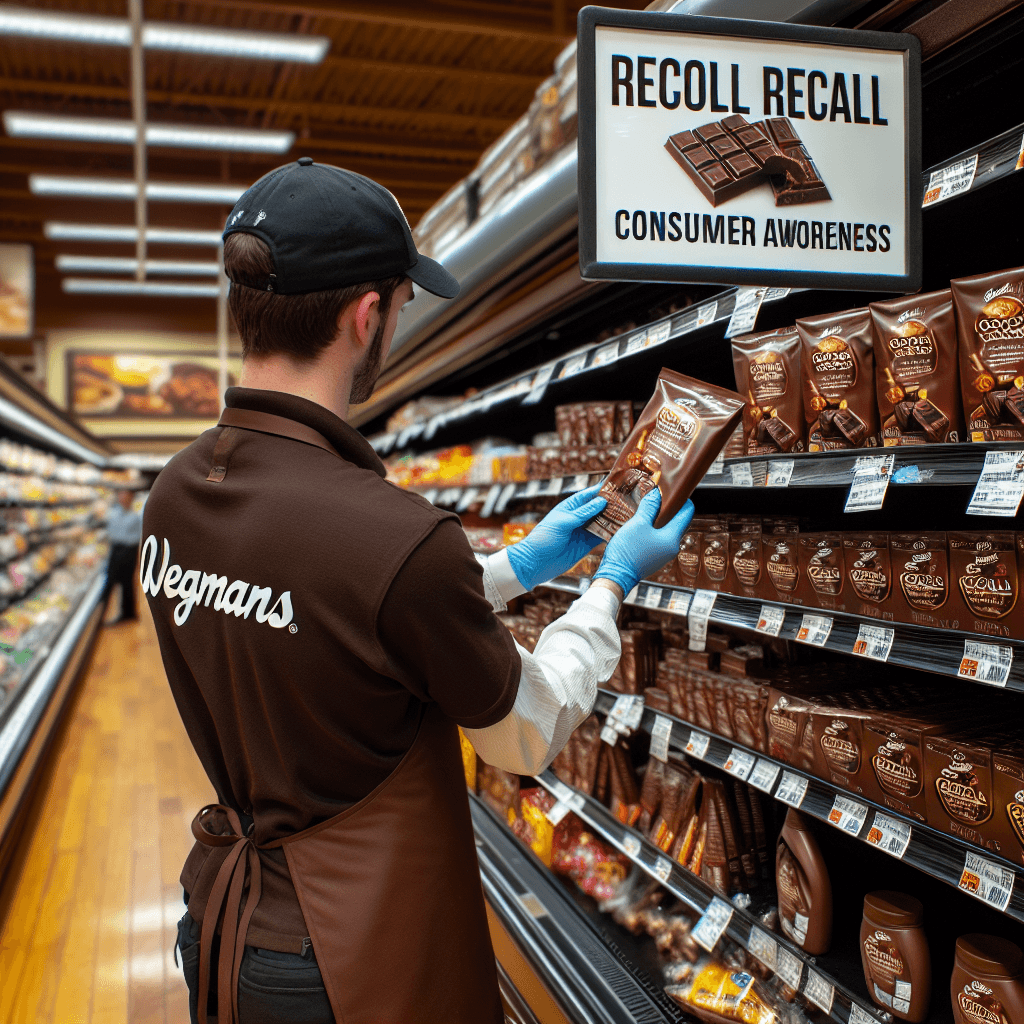Wegmans recalls products in multiple states due to a deadly undeclared allergen. Find out which items are affected and stay safe with the latest updates.
Why did Wegmans recall its Semi-Sweet chocolate Nonpareils? Reasons explained – MSN
Discover why Wegmans recalled its Semi-Sweet Chocolate Nonpareils. Learn the facts, reasons, and safety info in our detailed article for 2025.
Major British manufacturer pulls classic ice cream from shelves after failing to display allergy warning in English – MSN
Major British ice cream brand recalls classic treat after failing to display allergy warning in English. Learn what this means for UK consumers now.
Benedict’s milk allergy was at the ‘high end of the scale’ – BBC
Discover how Benedict’s severe milk allergy challenges daily life, as highlighted in this BBC feature. Learn more about milk allergy awareness.
Recall of chocolate product at all 9 NJ Wegmans locations – Bergen Record
Urgent recall: Chocolate products pulled from all 9 NJ Wegmans locations. Check details and ensure your family’s safety with the latest updates.
Scan your food for animal products – here’s how
Discover how to easily scan your food for animal products. Stay safe, allergy-aware, and confident in your choices with the latest 2025 tools and tips.
How to scan food labels for animal products
Learn how to scan food labels for animal products with 2024–2025 food safety tips. Make confident, allergy-friendly choices for you and your loved ones.
Wegmans recalls products in multiple states over deadly undeclared allergen – MSN
Wegmans recalls products in multiple states due to deadly undeclared allergen. Check if your purchase is affected and stay safe with the latest recall update.
How to spot an infant milk allergy – Geisinger Health System
Learn the key signs of infant milk allergy and how to spot symptoms early. Get expert tips from Geisinger Health System for your baby’s well-being.
Is Nutella safe for lactose intolerance?
Wondering if Nutella is safe for lactose intolerance? Get the facts on allergy-friendly choices, 2024–2025 food safety trends, and confident snacking.













